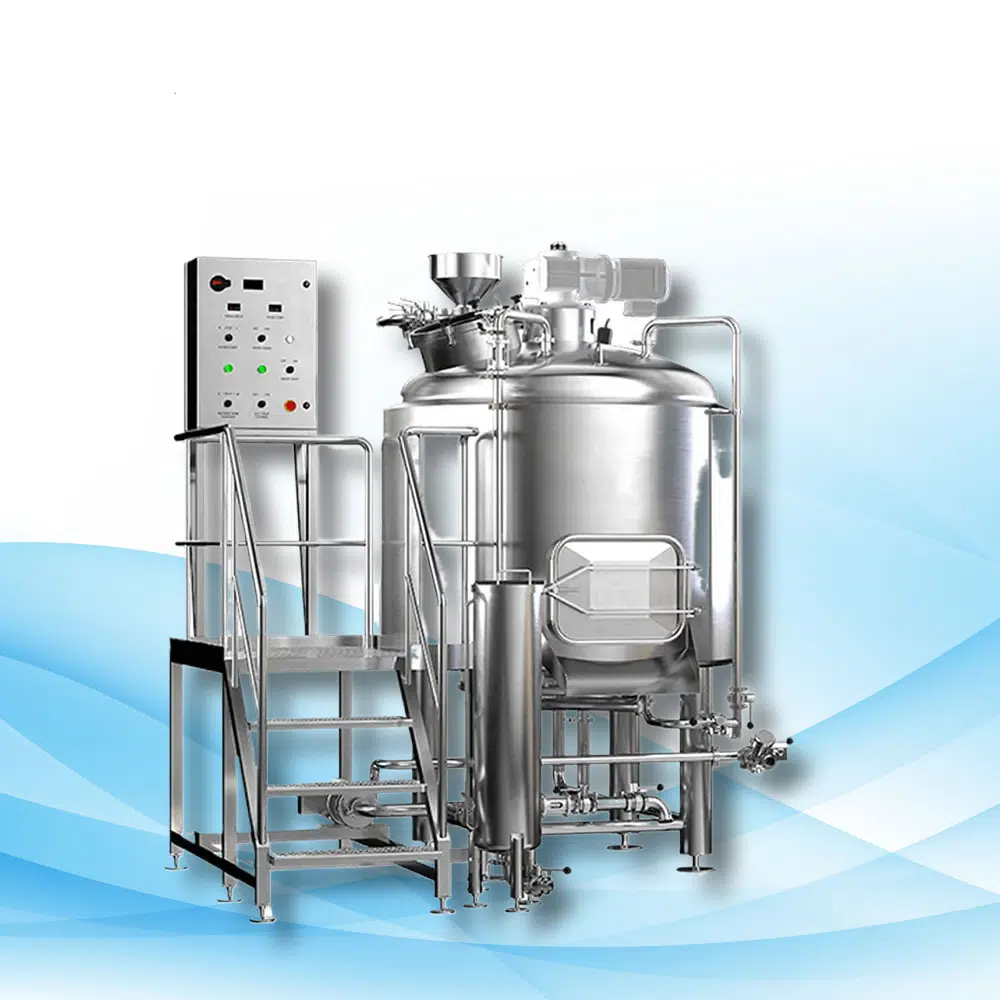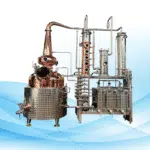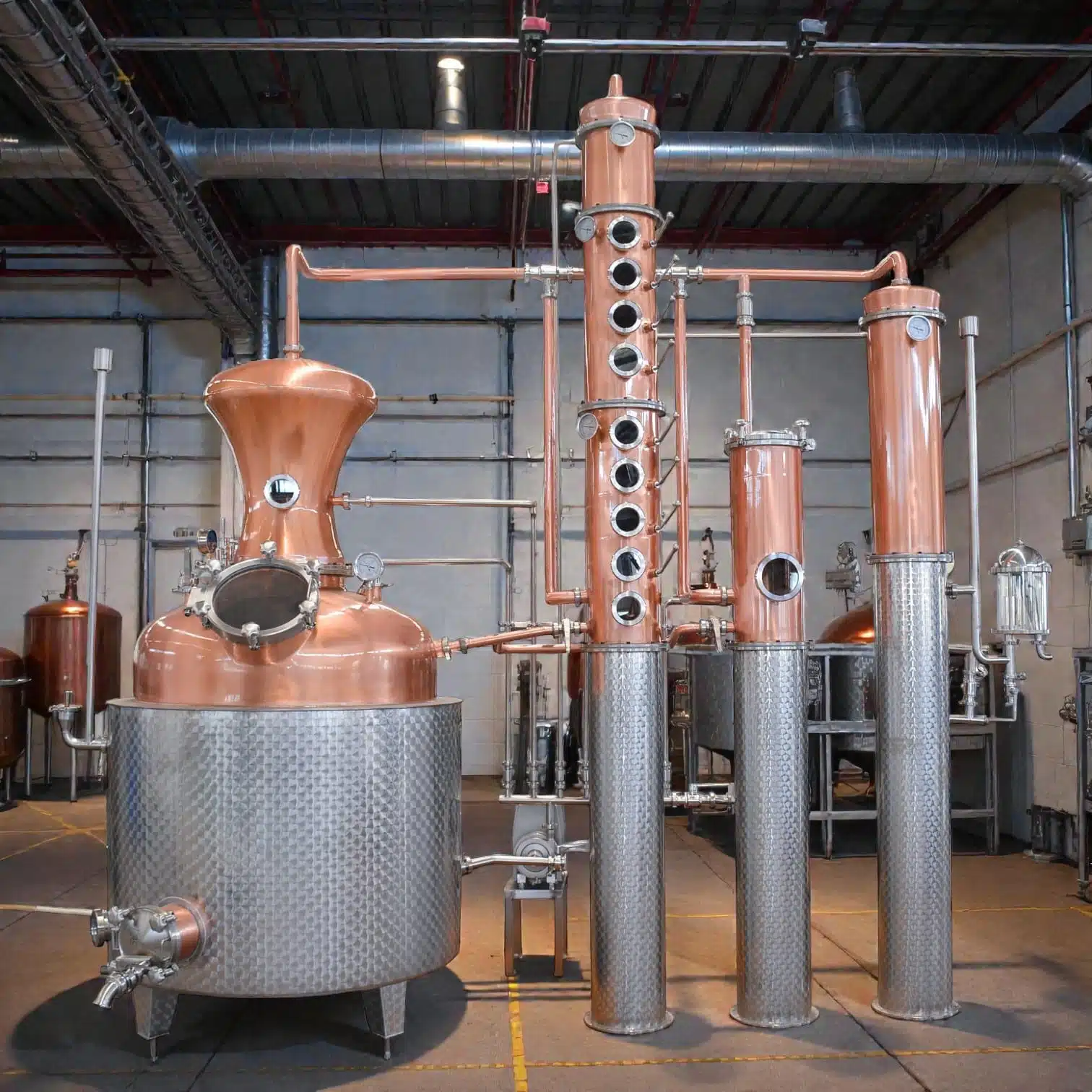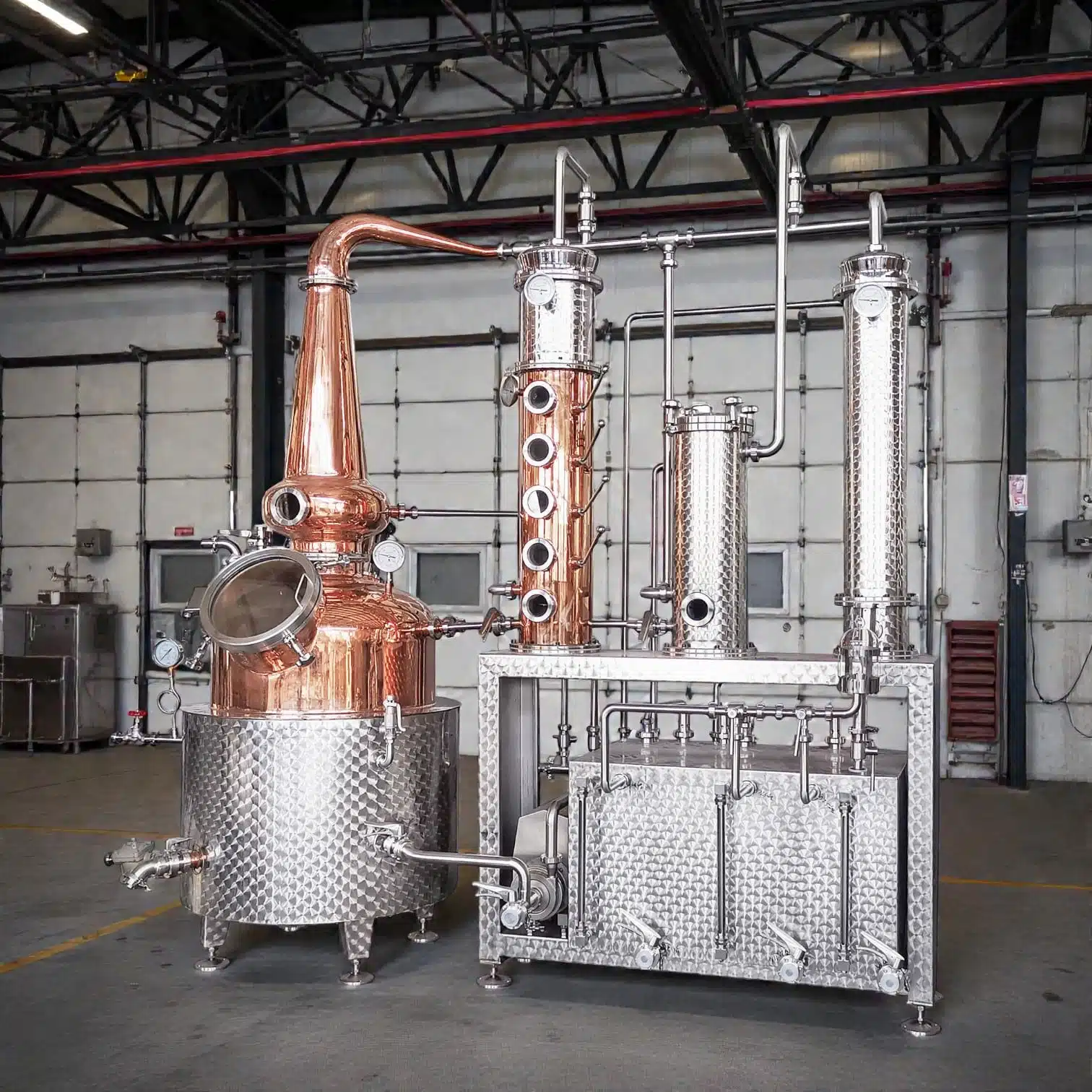Introduction: Quality Equipment for Kombucha Brewing
Kombucha brewing is more than a hobby or craft, it requires absolute precision, cleanliness and professionalism. As such, the incorporation of professional equipment is essential, as it not only guarantees increased productivity, but also the safety and quality of each brew. This guide encompasses such brews as a professional-grade bathtub up to 200L for mixing kombucha, as well as advanced systems for fermentation, bottling and custom fabric wash services. All these making perfect sense, since each piece was designed ensuring purpose and reliability, thus being ideal for large-scale kombucha production.
A 200L kombucha production tank – Description

The 200L kombucha production tank aka blending tank is a vital piece of equipment for last stage kombucha cut and mix. Designed to have a total of 260L, the tank however only has a Muslim volume of 200L effective. The fabrication of the mixing tank comprises materials of the highest quality, thus enabling them to be able to endure while accomplishing the complex demands of kombucha from pre-fermentation, blending up to pre-packaging.
Defining Terms: 260L Total Capacity vs. 200L Effective Volume.
For those grafting the process of brewing kombucha, it is quite critical to distinguish between the terms effective volume and the total capacity. To effectively ensure being within limits, the maximum kombucha volume is established to 200L, whereas the total capacity remains at 260L in order to provide space and flexibility. This allows ease and reduces chances of blockage or any calamities if ever needed to ensure quality brews at all time.
3*400L Single-Layer Open Fermentation Tanks
The fermentation tank arrangement of 3 single-layer 400L open tanks allows an upward expansion in the kombucha production. Each one of them is built such that a particular batch can be done in parallel. An open design helps with oxygenation which is required for confounding the kombucha, this greatly helps in ensuring even flavors throughout the cup.
100% TIG Welding: A Standard for Durability
All tanks are equipped with 100% TIG (Tungsten Inert Gas) welding, which provides a smooth and strong build. There is enhanced resistance to corrosion as well as contamination in the tanks, which is crucial in case of food-grade products like kombucha. This quality of welding ensures that the surroundings are sterile, which lessens the chances of bacterial contamination and ensures life span due to long term use.
Acid Pickling and Passivation Treatment
Acid pickling and passivation treatment make the surfaces of all kombucha equipment corrosion-proof and increase their durability and hygiene. This treatment improves the antibacterial properties of stainless steel by removing any impurities from its surface. This means that, when equipped with this equipment, the kombucha machines will not easily break down regardless of the acidic nature of the kombucha that is being produced.
Electric Heating Tube: Implementing Reliable Temperature Control
To effectively control the temperature within the system, an electric heating tube is integrated. With the help of this heating mechanism, it is possible to maintain controlled warmth at some stages of kombucha making, like during the preparation of the tea mixture or when the temperature needed for fermentation is reached. You see, temperature is important for kombucha since it regulates more about the flavor in the end product.
Stirring Motor Power: Mixing Power is 0.55 kw
The 0.55kw stirring motor is able to supply the necessary amount of energy needed for proper mixing without the danger of overheating which causes too much turbulence at the same time or other disturbances that would affect the fermentation stage. Such a motor power setting is preferred for the manufacture of Kombucha, since it is able to ensure that the liquid is blended properly every time, thereby preserving the intended flavor for the finished product.
CE Certified Control Cabinet: Guaranteed Safety and Compliance
The CE certified control cabinet is one of the important safety measures furnished with the equipment, as it enables the brewers to operate different functional components of the equipment according to certified safety limits within Europe. This certification implies that such equipment offers a high level of safety to its operators, which can assure brewers to be productive and reliable.
4-Head Filling and Capping System
When looking for a time saving and efficient bottling system, the 4-head filling and capping system should not be overlooked. This system is designed for high speed bottling since it is able to fill four bottles at once, increasing the bottling processes’ efficiency. Due to being able to handle such a high volume output, the system is a perfect solution for commercial operation breweries looking to lower time spent bottling.
24-Head Bottle Washing Machine: Essential for Cleanliness
The 24-head bottle washing machine is needed for the successful washing of different sized bottles, without leaving any chemical residue or remaining dirt on them. Similar to other drinks, the taste as well as the safety of the kombucha would be greatly affected without proper washing of the bottles, which would lead to contamination issues. Head washing is especially recommended and required to properly clean the heads in high-speed industrial size kombucha installations.
Importance of Clean and Efficient Brewing Systems
For each component of the systems to function properly—starting with the mixing tank and finishing with the filling and capping apparatus — all of them must be of high hygiene levels. Because all the equipment is constructed from food materials and has a non-porous structure and TIG welding, clean-ability is enhanced while the chances of cross contamination are reduced, which are vital advantages in commercial brewing. Hygiene has been emphasized to secure the quality of the kombucha being brewed.
Improving Labor Cost and Production’s Efficiency
Brand new high-quality equipment is more efficient, saving time and cutting labor costs. The brewers can automate their bottle filling, rinsing, and capping processes and channel their efforts to increasing output rather than time-consuming procedures. This way, they can produce more with less.
Assuring Quality and Compliance Standards in Brewing Kombucha
Investment in professional kombucha equipment, especially with CE marks, indicates a certain professionalism and assures that the kombucha produced meets health and safety regulations. This mark demonstrates the seriousness of the company in fulfilling requirements but also assists the enterprises in different regions to conform to the set standards and expectations, thereby improving the product’s image and reliability.
Sustainability and Environmental Consideration
Focusing on the issue of sustainability, which stands out to be central in the food and beverage industry, requires one to have durable equipment. This equipment setup minimizes the chances of breakdown and responds to frequent changes. The use of stainless steel and reinforced fabricating methods, including TIG welding, lengthens the life span of the equipment, thus achieving one of the aims of reducing environmental pollution.
Summary: What are the parts that compose a Fully Complete Working Kombucha Brewing Setup.
To wrap things up, a fully professional kombucha brewing setup – to have a larger volume that can be easily commercialized – which includes a 200L mixing tank, several fermentation tanks with a volume of 3*400L, equipment for bottling and washing out additionally. Otherwise, all the Kombucha devices are IMF crafted, enabling strong production volumes while increasing long-term durability and providing the ability to manufacture industrial turbines. In short, any serious kombucha brewer cannot pass without such a huge blender.
Common Queries (FAQs)
- What is the difference between the optimal volume for mixing and the total capacity of the 200L blender?
The total storage capacity is 260 liters, providing extra space to avoid spillage, while the effective mixing volume is best limited to 200L to prevent spills. - Why is TIG welding important for kombucha brewing equipment?
TIG welding creates seamless, strong joints, ensuring contamination-free food-grade equipment, which integrates blending and pouring functions effectively. - How does the 4-head filling system enhance production efficiency?
The 4-head system speeds up bottling by filling four bottles simultaneously, reducing time and increasing efficiency, ideal for large-scale production. - What does CE certification on an electric blender’s control cabinet signify?
CE certification ensures compliance with EU safety standards, assuring safety and reliability of the equipment’s electrical components. - How do acid cleaning and passivation extend kombucha equipment lifespan?
These treatments remove impurities and protect against corrosion, essential for equipment used in vinegar-like, acidic kombucha environments. - Is a 0.55kw motor sufficient for kombucha mixing?
Yes, 0.55kw provides adequate mixing power without excessive heat, ensuring consistency for kombucha.
















